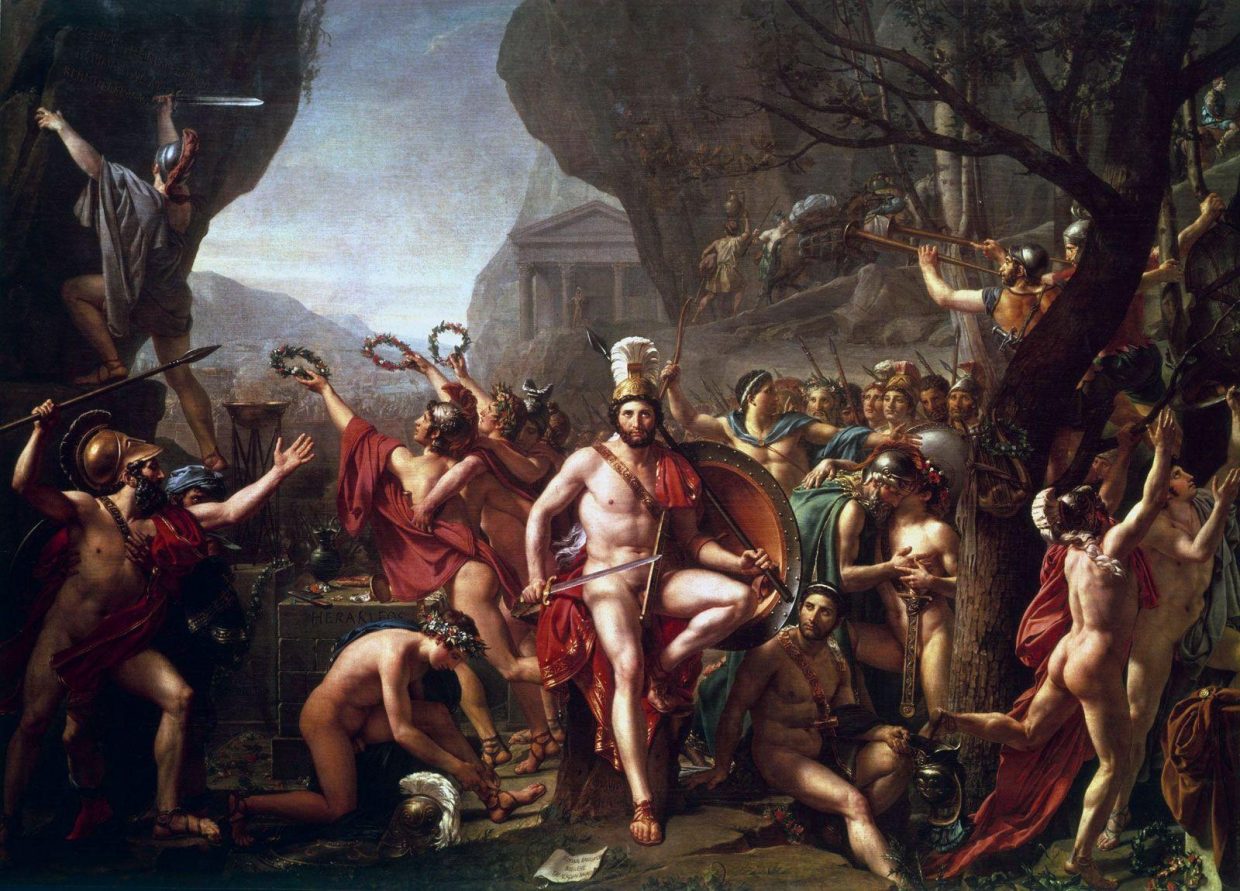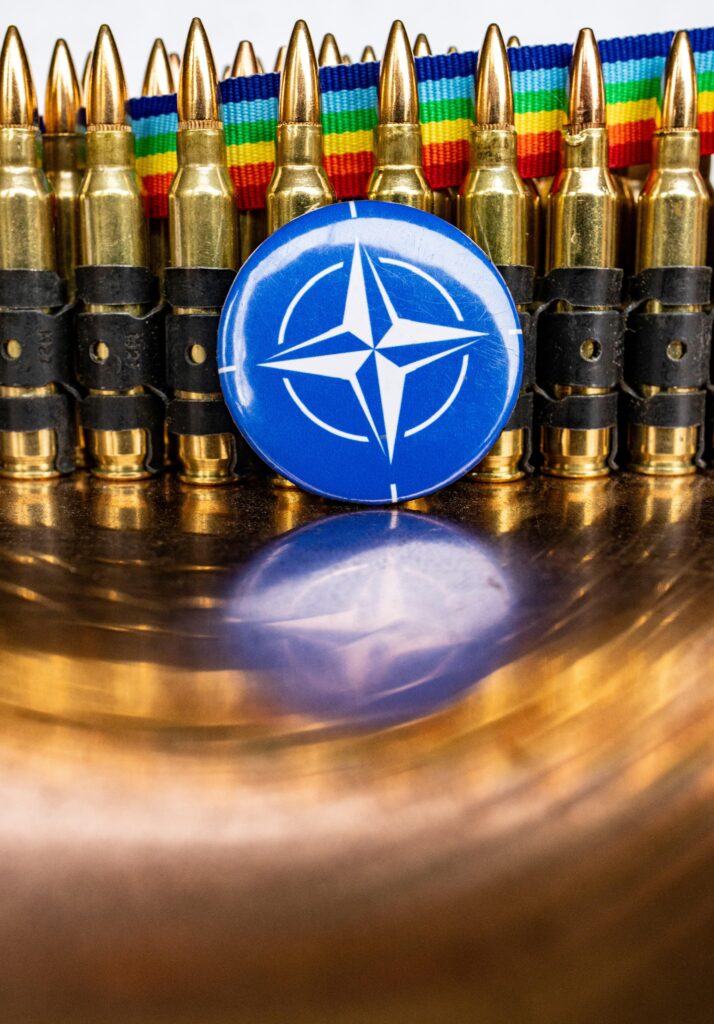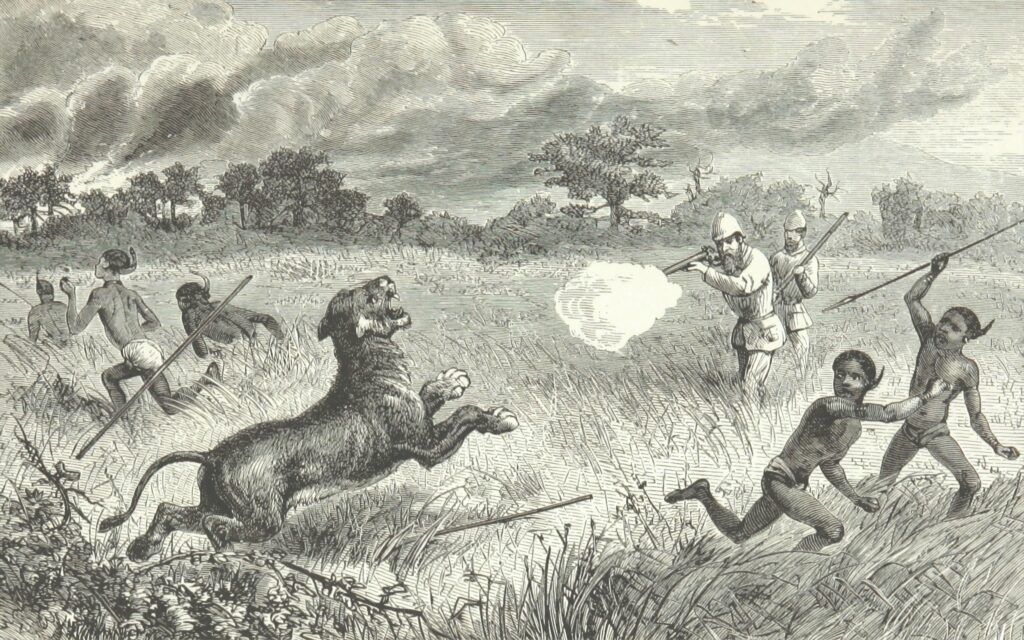The Battle of Thermopylae stands as one of history’s most iconic clashes, where unwavering courage met overwhelming odds. In 480 BCE, a small force of Spartan warriors and their Greek allies faced the might of the vast Persian Empire at a narrow mountain pass. This legendary confrontation not only exemplified Spartan valor but also highlighted the power of unity, strategy, and sacrifice. In this article, we’ll explore the background, key moments, and lasting legacy of the Battle of Thermopylae—an enduring testament to bravery in the face of insurmountable challenges.
Table of Contents
- The Strategic Importance of Thermopylae in Ancient Warfare
- Unpacking Spartan Military Tactics and Training
- Analyzing the Leadership of King Leonidas and Its Impact
- Lessons from Thermopylae for Modern Strategic Defense Planning
- The Way Forward
The Strategic Importance of Thermopylae in Ancient Warfare
Nestled between rugged cliffs and the narrow coastal pass, Thermopylae was far more than just a scenic location in ancient Greece—it was a linchpin in military strategy that exploited natural geography to maximum effect. The narrowness of the pass limited the size of forces that could engage simultaneously, a critical factor that the Spartans and their allies leveraged to offset the vast numerical superiority of the Persian army. Control of Thermopylae meant commanding a vital corridor between northern and southern Greece, making it an indispensable defensive chokepoint in the hopes of safeguarding the heartland of Greek civilization.
The value of this terrain can be summarized through several key points:
- Terrain Mastery: High cliffs and narrow pathways funneled enemy forces into a controlled combat zone, reducing their tactical options.
- Strategic Delay: Holding this pass bought critical time for Greek city-states to prepare further defenses and mount coordinated resistance efforts.
- Psychological Impact: A steadfast stand in such a formidable environment symbolized resilience and unity against overwhelming odds.
Through these factors, Thermopylae was instrumental not just as a battlefield, but as a beacon of tactical ingenuity that shaped the course of the Greco-Persian Wars.
Unpacking Spartan Military Tactics and Training
At the heart of Spartan military supremacy lay a rigorous training regime known as agoge, a transformative journey designed to forge every Spartan male into an elite warrior. From a young age, boys were subjected to harsh physical conditioning, endurance drills, and survival challenges that cultivated not only strength but an unshakable discipline and strategic mindset. This relentless preparation was complemented by an emphasis on camaraderie and collective responsibility, ensuring that each soldier saw himself as a crucial link in a tightly-knit phalanx. Spartan warriors were trained to move as a single, impenetrable unit, using their overlapping shields and spears to maintain a defensive wall that was nearly impossible to breach.
The tactical brilliance of the Spartans extended beyond brute strength and endurance. Their military doctrine prioritized flexibility, precise formations, and psychological warfare. During battles like Thermopylae, Spartans utilized terrain advantages expertly, choosing narrow passes to neutralize the numerical superiority of Persian forces. Their famed hoplite style—heavy infantry combat characterized by the use of the hoplon shield and dory spear—was supported by rigorous drill repetitions that honed flawless coordination. Key Spartan tactics included:
- Shield Wall Formation: Creating an impenetrable barrier against enemy attacks.
- Phalanx Maneuvering: Maintaining tight ranks to optimize offensive and defensive capability.
- Deceptive Retreats: Drawing enemies into traps and kill zones.
These elements combined to make the Spartans a legendary fighting force that balanced raw power with calculated strategy, embodying a warrior ethos that continues to inspire military study today.
Analyzing the Leadership of King Leonidas and Its Impact
King Leonidas exemplified a leadership style that was both inspiring and strategic, which played a crucial role in galvanizing the vastly outnumbered Spartan troops against the overwhelming Persian forces. His decision to make a stand at the narrow pass of Thermopylae was not merely a tactical maneuver but a profound demonstration of courage and resolve that embodied the Spartan warrior ethos. Leonidas’s leadership was marked by an unyielding commitment to duty and honor, qualities that resonated deeply with his men and created a formidable sense of unity and purpose. This exceptional leadership extended beyond battlefield tactics, influencing the morale of the Greeks and instilling a lasting legacy of sacrifice and valor.
Several elements highlight the impact of Leonidas’s command during this iconic conflict:
- Strategic foresight: Choosing Thermopylae’s narrow terrain minimized the Persian numerical advantage.
- Inspirational tenacity: Leading by example, Leonidas fought alongside his troops, fostering unmatched loyalty.
- Symbol of resistance: His stand became a powerful morale booster, encouraging other Greek city-states to unite against Persia.
Ultimately, Leonidas’s leadership transcended the immediate outcome of the battle by shaping the collective Greek consciousness. It served as a rallying point that underscored the values of sacrifice, resilience, and patriotism—ideals that echoed throughout Greek history and beyond.
Lessons from Thermopylae for Modern Strategic Defense Planning
Modern defense strategies can draw invaluable insights from the ancient stand at Thermopylae, particularly in harnessing terrain as a force multiplier. The Spartans chose a narrow pass where their considerably smaller force could neutralize the numerical superiority of the Persian army. This principle highlights the importance of geographical advantages in modern defense planning—whether through natural chokepoints or engineered barriers—to create defensive strongholds that optimize limited resources while maximizing impact.
Additionally, the battle underscores the critical role of morale, unity, and leadership in sustaining a prolonged defense against overwhelming odds. Modern military doctrines increasingly emphasize cohesive unit training, leadership development, and preserving combat motivation, all pivotal in maintaining resilience. Incorporating
- flexible command structures
- adaptive tactics
- and psychological preparedness
draws directly from the Spartan ethos at Thermopylae, fostering a defense posture that is both robust and dynamic in the face of evolving threats.
The Way Forward
As we reflect on the Battle of Thermopylae, it’s clear that this iconic clash was more than just a military engagement—it was a timeless testament to courage, strategy, and sacrifice. The Spartans’ unwavering valor in the face of overwhelming odds continues to inspire generations, reminding us that true heroism often lies not in victory, but in standing firm for one’s principles. Whether you’re a history enthusiast or simply curious about the enduring legacy of ancient Greece, the story of Thermopylae offers powerful lessons about resilience and the human spirit that remain relevant today.













